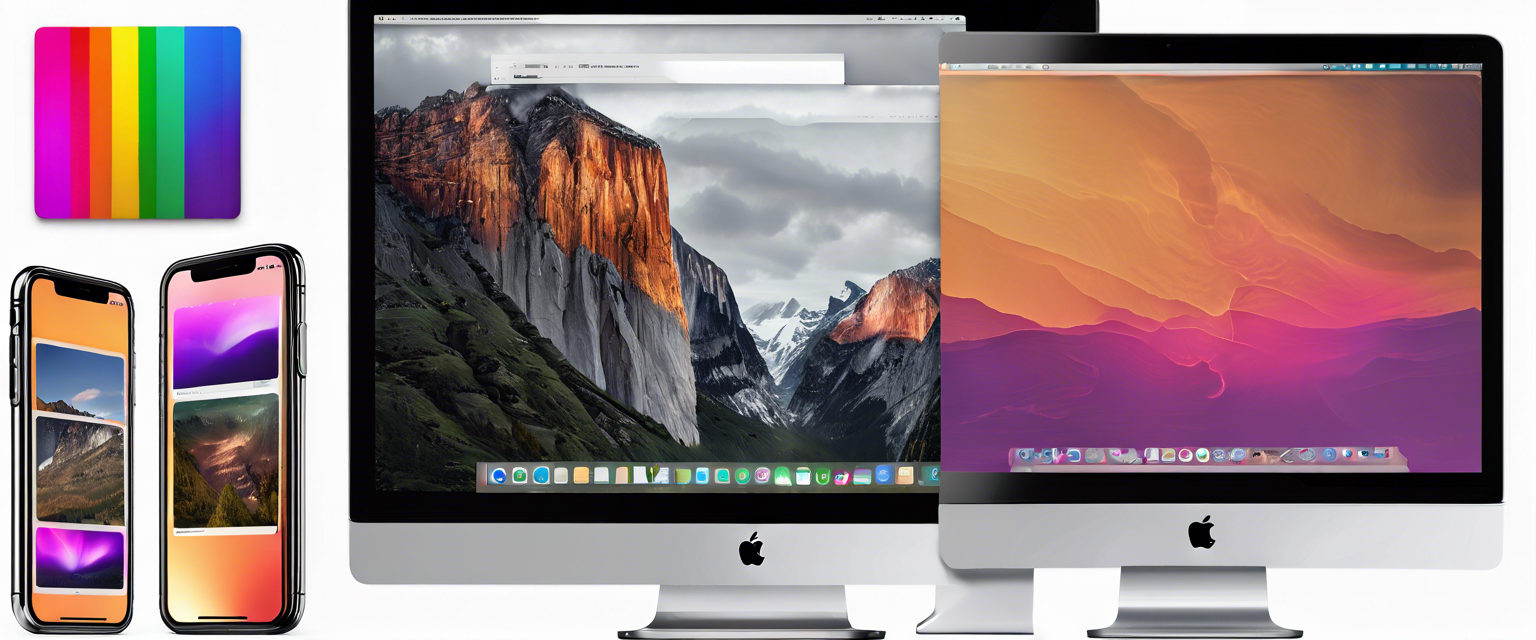Enhancing Electric Vehicle Charging Infrastructure in the US
The experience of charging an electric vehicle (EV) in the United States has faced several challenges, as highlighted in a significant new study by ChargeHelp. This report identifies critical infrastructure pain points, including issues like unreported stall malfunctions, inaccurate station status messages, aging equipment, and unreliable network providers.
Understanding the Study Conducted by ChargeHelp
ChargeHelp, a company specializing in EV charger operations and maintenance, conducted the study using data from 20,000 chargers over four years. Professor Gil Tal from the Electric Vehicle Research Center at UC Davis reviewed and confirmed the findings. The study compares networked stations’ self-reported uptime with the actual uptime experienced by EV drivers on location.
Common Issues with EV Chargers
The study revealed that EV chargers can malfunction in numerous ways. These include:
- Broken retractor systems designed to protect the cable from vehicle tires
- Inoperative screens and payment systems
- General damage to the charger cabinets
- Malfunctioning cables and connectors
ChargeHelp found that the actual uptime of these chargers was only 73.7%, while EV network providers reported an uptime of 84.6%. This discrepancy raises concerns about the reliability of the reporting by charging networks.
Understanding "Ghost" and "Zombie" Chargers
The study categorizes various frustrating scenarios for EV drivers, including:
- Ghost Stations: Charging stalls that appear in apps but either don’t exist or are broken.
- Zombie Stations: Functional stations that do not show up in apps, therefore remaining unvisited by drivers.
- Confused Occupancy: Instances where apps indicate stalls are available, while they are not.
- Dead Ends: Stations that seem operational but ultimately do not work.
ChargeHelp emphasizes the need for reliable software interoperability and improved network data sharing to address these issues effectively.
Regional Variations in Charger Downtime
The study notes interesting variations in charger uptime based on geographic location. For example:
- New Jersey: Had one of the lowest rates of downtime at 4.4%, yet offered only 27 working public charge ports per 1,000 registered EVs, which may not meet local demand.
- Washington, D.C.: Reported almost 11% downtime but boasted 137 charging ports per 1,000 registered EVs.
Conclusion
The findings from ChargeHelp's study underscore significant areas for improvement within the EV charging landscape. By addressing the infrastructure deficiencies and enhancing the reliability of charger reports, stakeholders can boost the confidence of EV owners, ultimately encouraging more people to shift towards electric vehicles.
Call to Action
For a sustainable future, it is crucial for industry leaders and policymakers to work together in bolstering the EV charging infrastructure. What are your experiences with EV charging? Share in the comments below!



Yorum yazın
Tüm yorumlar yayınlanmadan önce incelenir.
Bu site hCaptcha ile korunuyor. Ayrıca bu site için hCaptcha Gizlilik Politikası ve Hizmet Şartları geçerlidir.